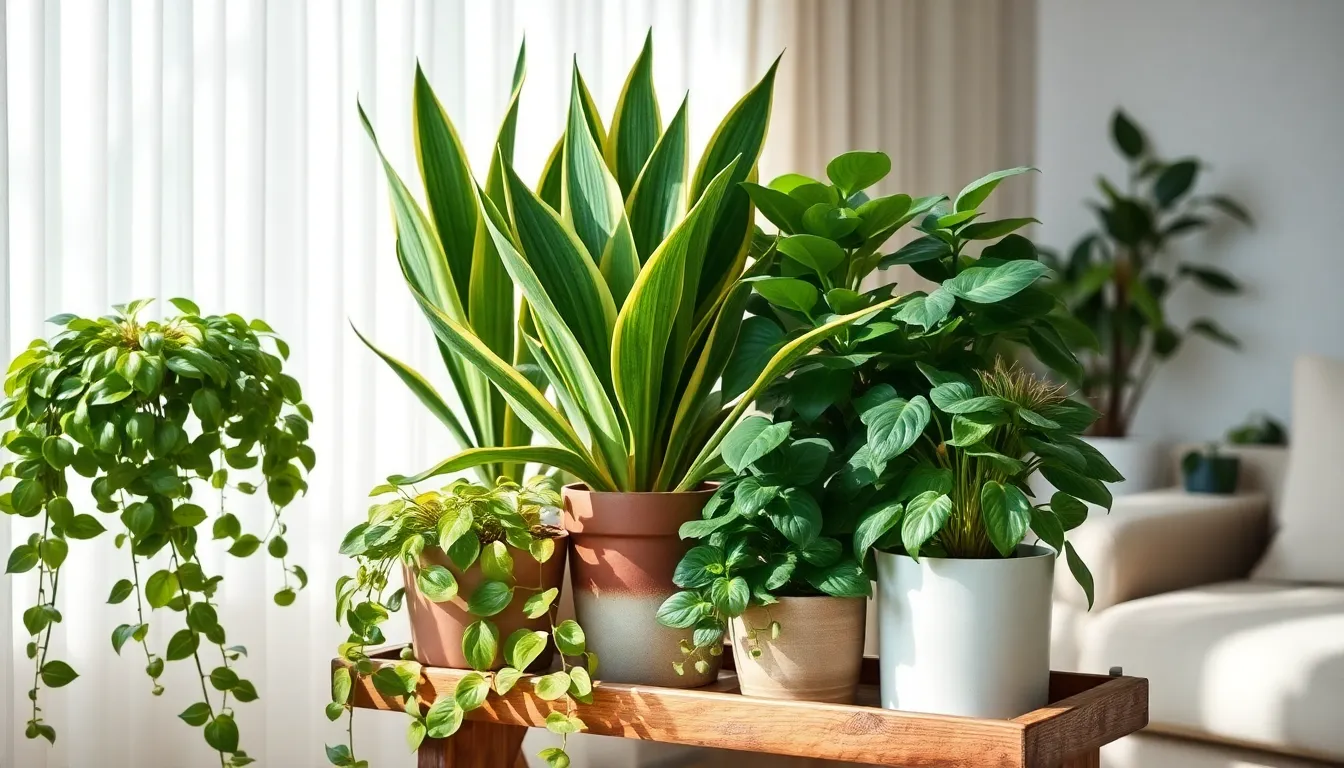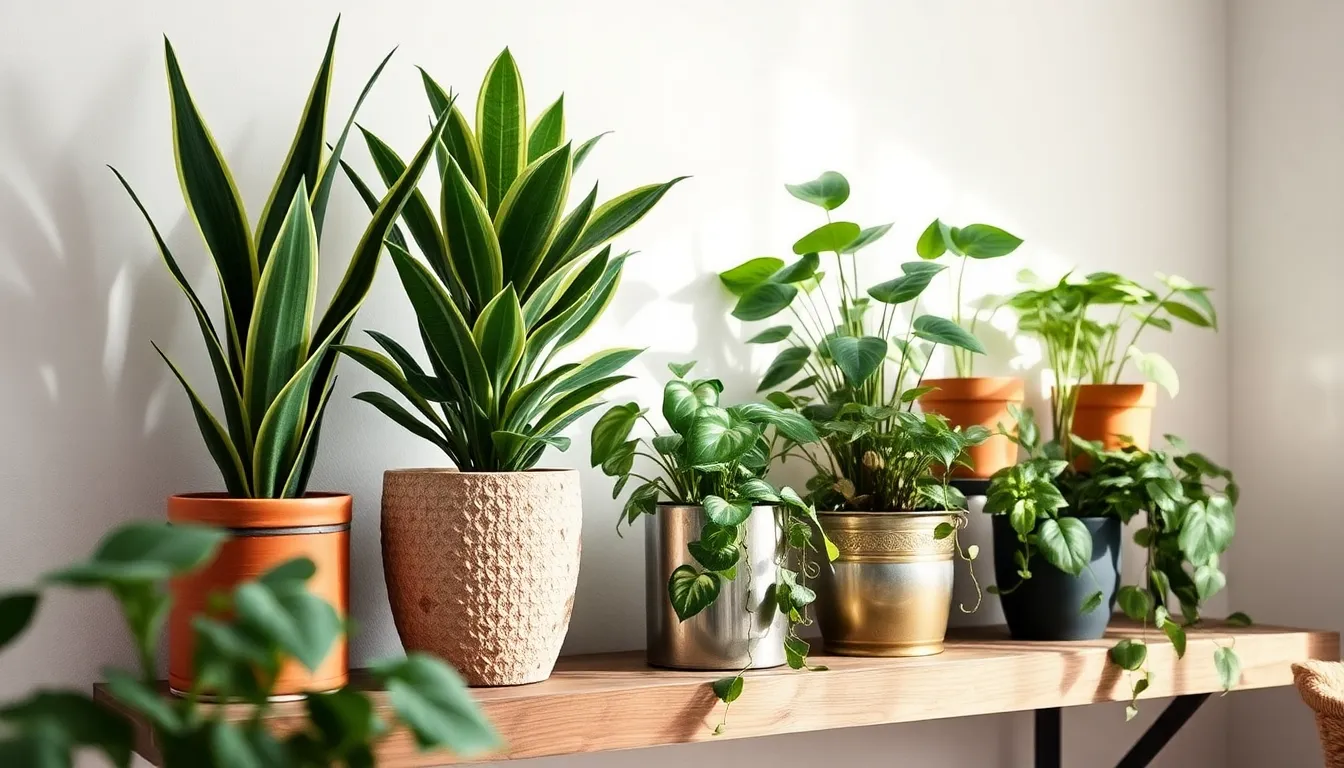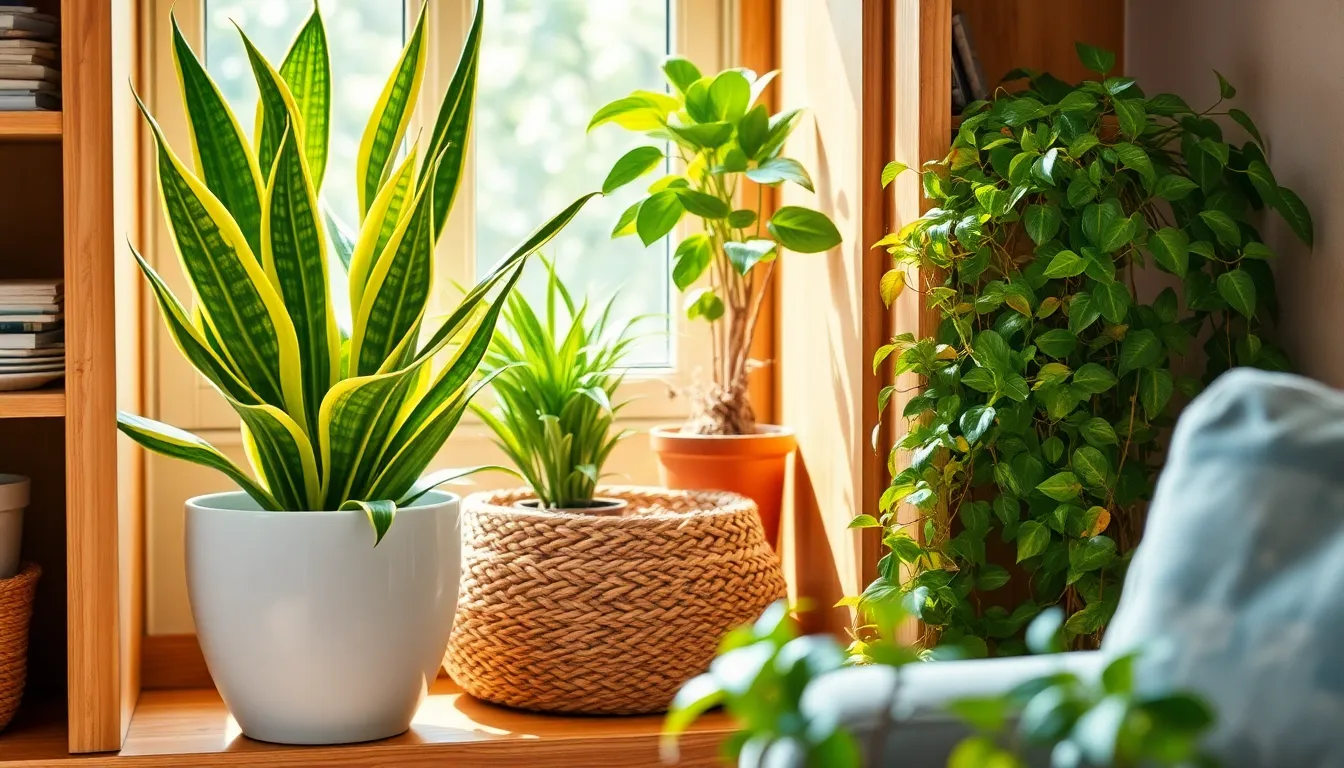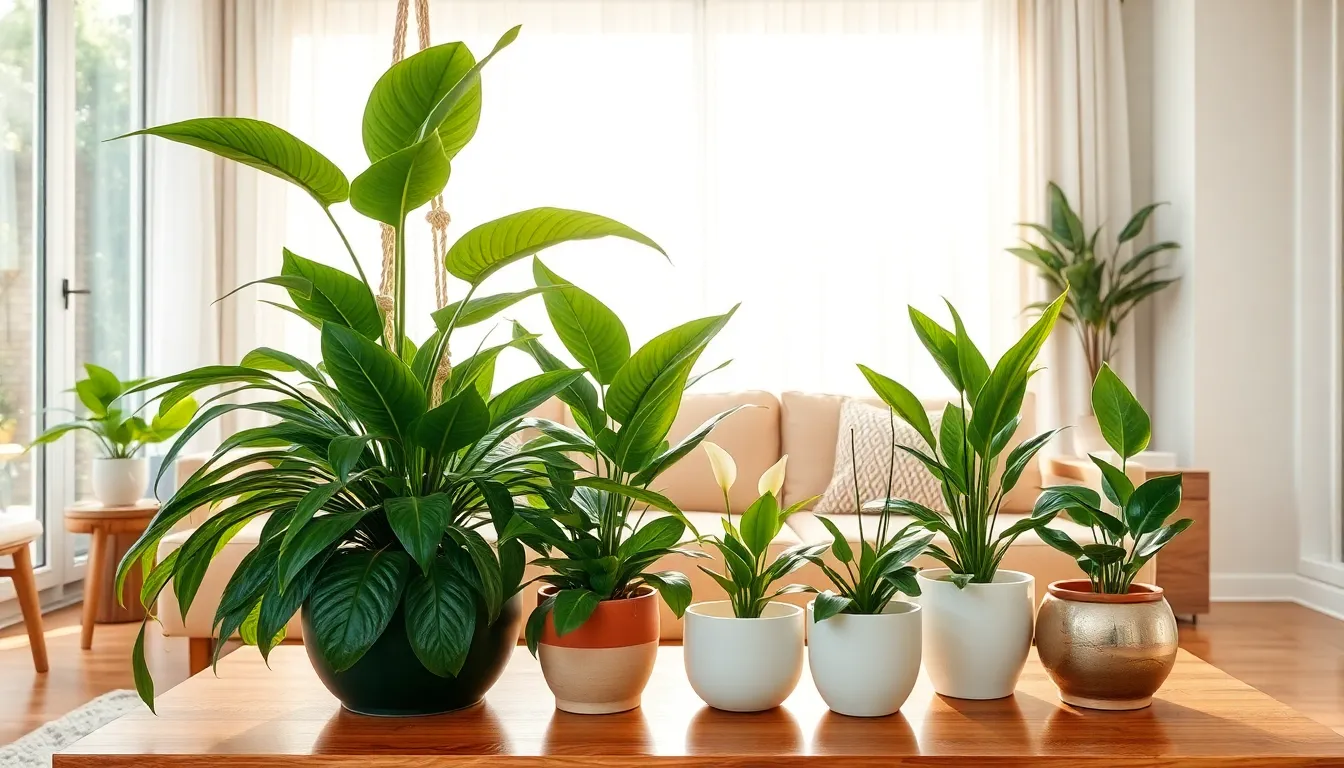Welcome to the vibrant world of indoor gardening, where even the shadiest corners of your home can become lush, green sanctuaries. Whether you’re just starting your gardening journey or you’re a seasoned plant enthusiast seeking to expand your indoor collection, this guide to the best low-light houseplants is designed to sprinkle a bit of magic into your home. With the right selection of plants, you can transform dimly lit spaces into thriving, verdant havens that bring tranquility and joy.
Delving into the pages ahead, you’ll discover a curated list of resilient houseplants that flourish in low-light conditions, perfect for any room from cozy apartments to spacious homes. These carefully chosen plants not only beautify your space but also improve air quality and boost your mood—an invaluable addition to your daily life. Embrace the ease and satisfaction of cultivating plants that demand minimal sunlight, and feel confident in nurturing your indoor garden to success.
Spider Plant (Chlorophytum comosum)
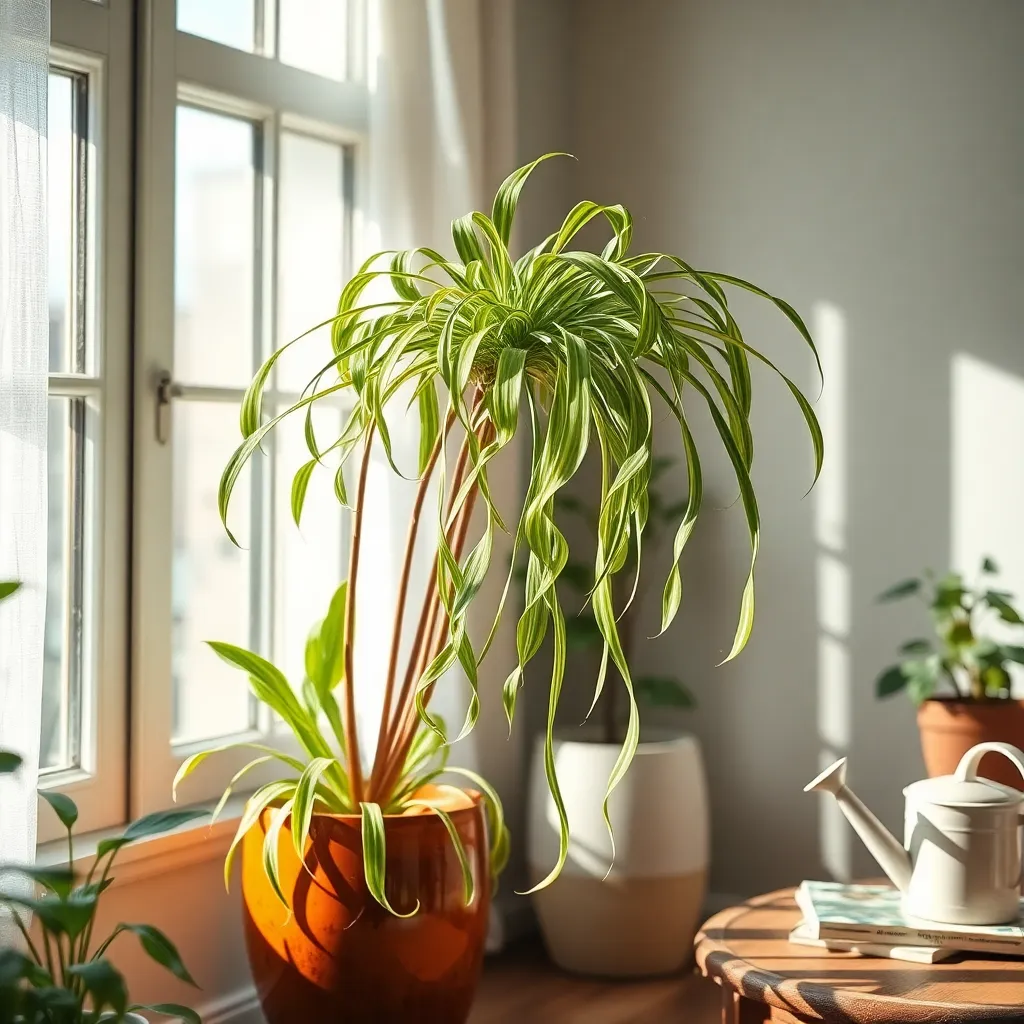
The Spider Plant, or Chlorophytum comosum, is renowned for its resilience and ability to thrive in low-light conditions, making it perfect for indoor environments. It is an ideal choice for those new to gardening, as it requires minimal maintenance and can adapt to various household settings.
When it comes to watering, the Spider Plant prefers a consistent schedule but can tolerate some neglect, which is great for busy plant owners. To keep your plant healthy, water it once the top inch of soil feels dry to the touch, ensuring that the roots do not sit in waterlogged soil.
Potting soil should be well-draining to prevent root rot; a mix of standard potting soil with added perlite or sand is recommended. Spider Plants also benefit from occasional feeding with a balanced liquid fertilizer during the growing season, applied every 4-6 weeks to support their lush foliage.
For those looking to propagate their Spider Plant, the process is straightforward and rewarding. Simply detach the small plantlets, or “spiderettes,” from the mother plant and place them in water until roots develop, then transfer them to a pot with soil.
Peace Lily (Spathiphyllum spp.)
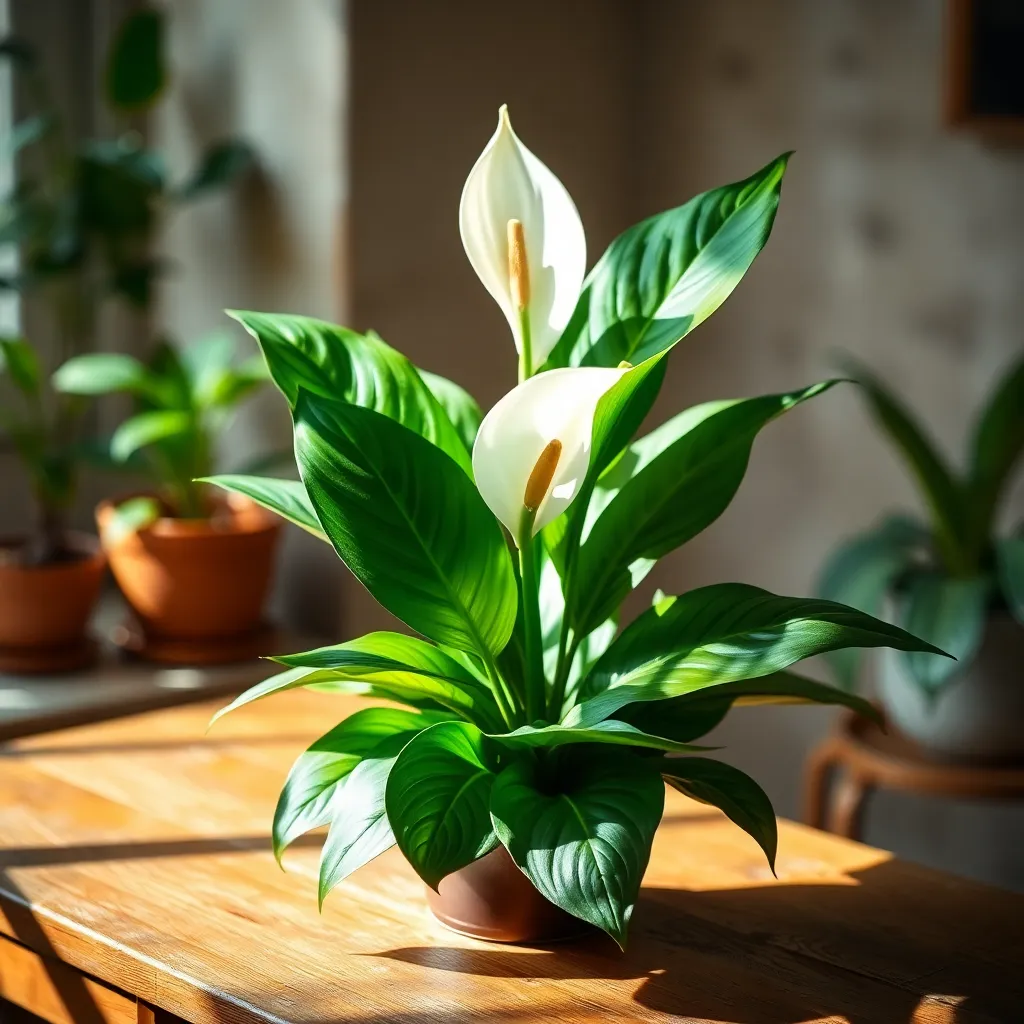
The Peace Lily (Spathiphyllum spp.) is a beloved choice for anyone looking to add a touch of elegance to low-light areas in their home. Known for its lush, dark green leaves and striking white spathes, it is also celebrated for its air-purifying qualities.
When caring for a Peace Lily, ensure the soil remains moist but not soggy, as it thrives in well-draining potting mix. Consider using a soil blend that includes peat moss and perlite to maintain the right balance of moisture and aeration.
Peace Lilies prefer temperatures between 65-85°F (18-29°C) and can tolerate low humidity, though they flourish with a little extra moisture in the air. To keep them happy, mist their leaves occasionally or set the pot on a tray of wet pebbles.
Watering should be done approximately once a week, but it is crucial to allow the top inch of soil to dry out between waterings. If the leaves begin to droop, this is a clear sign that it’s time to water your plant.
For those looking to encourage more blooms, try fertilizing your Peace Lily every 6-8 weeks with a balanced, water-soluble fertilizer during the growing season. Remember, these plants can be sensitive to over-fertilization, so always follow the package instructions carefully.
Cast Iron Plant (Aspidistra elatior)
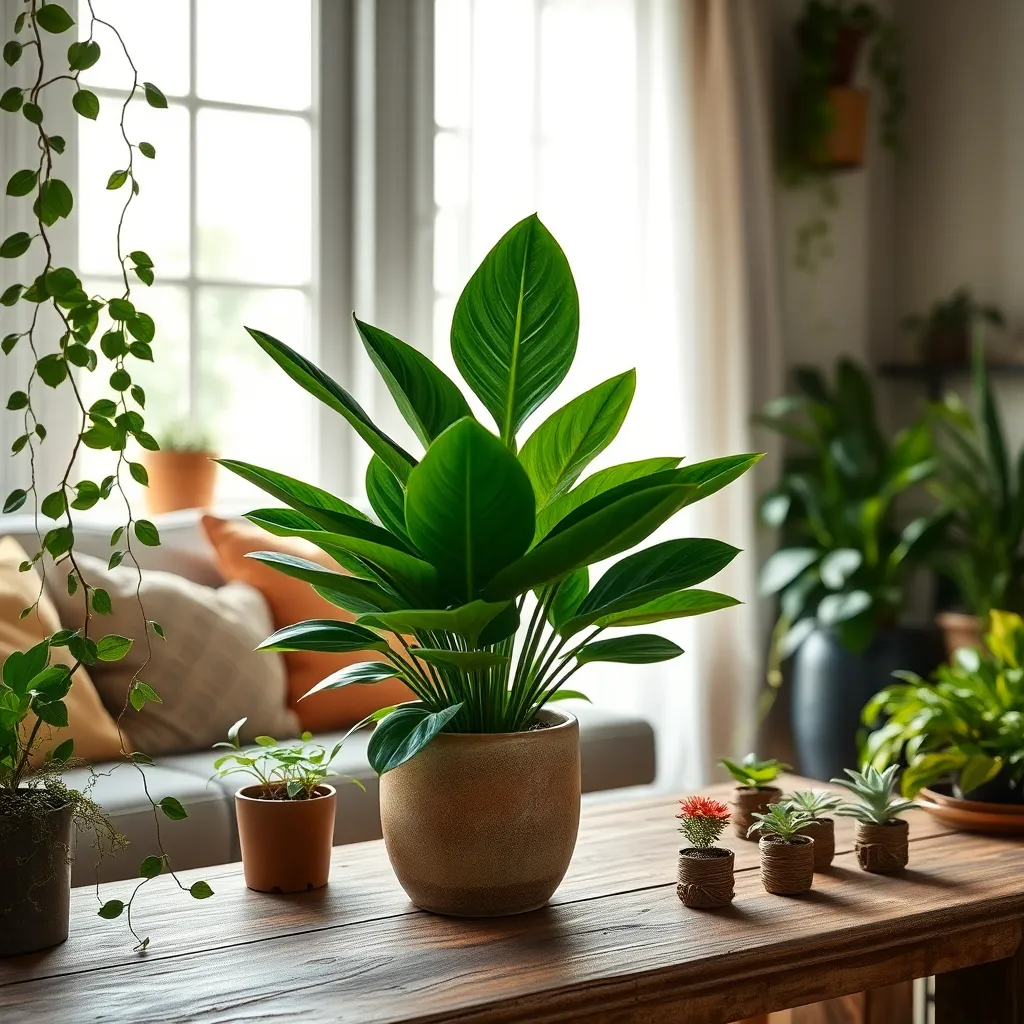
The Cast Iron Plant (Aspidistra elatior) earns its name due to its remarkable resilience and ability to thrive in low-light environments. This robust plant is perfect for those who might not have a lot of natural light in their homes but still want a touch of greenery.
When it comes to care, the Cast Iron Plant is incredibly forgiving and requires minimal attention. It prefers well-draining soil, such as a potting mix that includes perlite or sand to improve aeration and prevent waterlogging.
Watering should be done sparingly; allow the soil to dry out between waterings to avoid root rot. An easy rule of thumb is to water once every two weeks, adjusting as needed based on the humidity and temperature of your home.
For those looking to give their Cast Iron Plant a little extra love, consider wiping the leaves with a damp cloth to keep them dust-free and healthy. Additionally, feeding the plant with a balanced liquid fertilizer every couple of months during the growing season can promote lush growth and vitality.
Chinese Evergreen (Aglaonema commutatum)
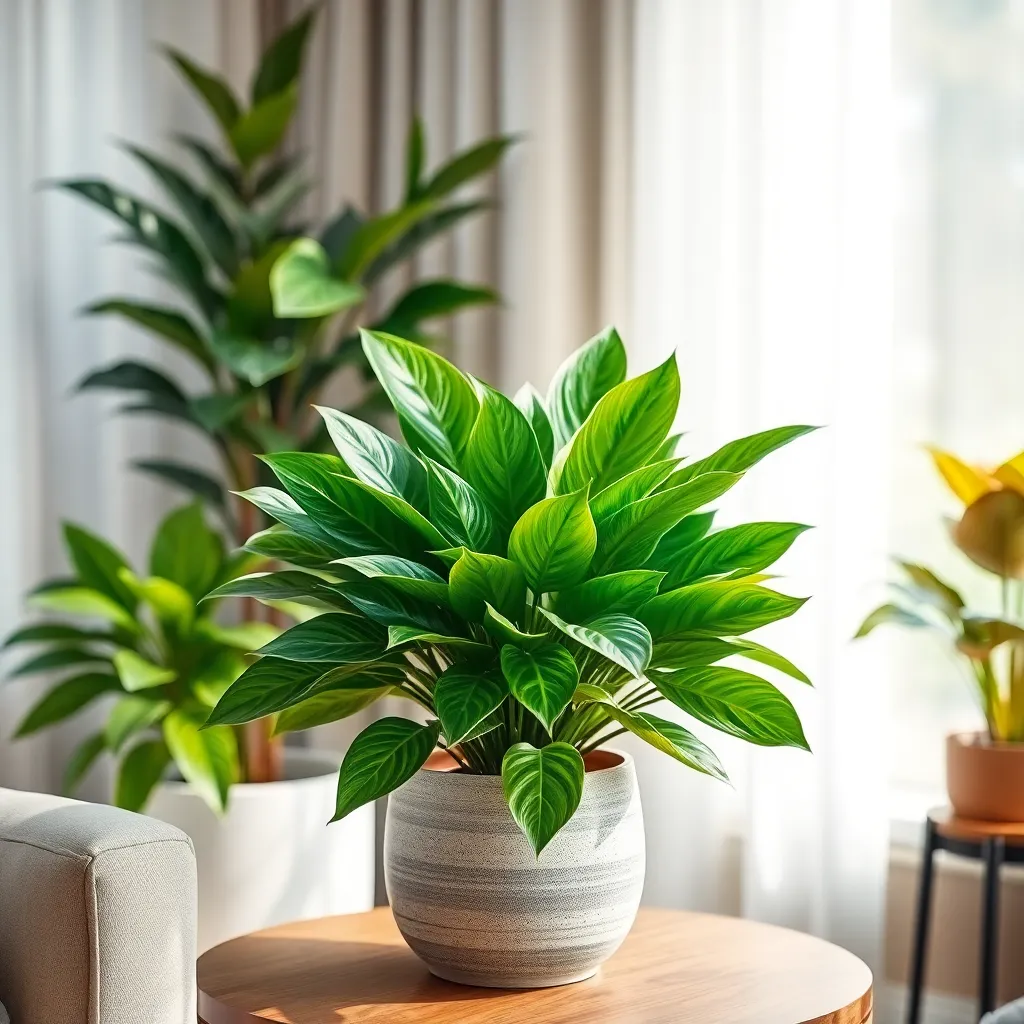
Chinese Evergreen (Aglaonema commutatum) is a popular choice for those seeking a low-maintenance houseplant that thrives in low-light conditions. This plant is perfect for beginners, as it can adapt to a variety of lighting situations and requires minimal care to flourish.
To keep your Chinese Evergreen healthy, place it in a spot where it receives indirect sunlight—too much direct sun can scorch its leaves. Watering should be done when the top inch of soil feels dry; overwatering can lead to root rot, a common issue for many houseplants.
Using a well-draining potting mix, such as one formulated for tropical plants, will help keep the roots healthy and prevent waterlogging. For optimal growth, consider using a pot with drainage holes, and fertilize the plant every 6-8 weeks during the growing season with a balanced houseplant fertilizer.
Advanced gardeners might experiment with different Aglaonema varieties, which offer a range of leaf colors from deep green to striking reds and silvers. Regularly cleaning the leaves with a damp cloth can enhance the plant’s ability to photosynthesize and maintain its vibrant appearance.
Parlor Palm (Chamaedorea elegans)
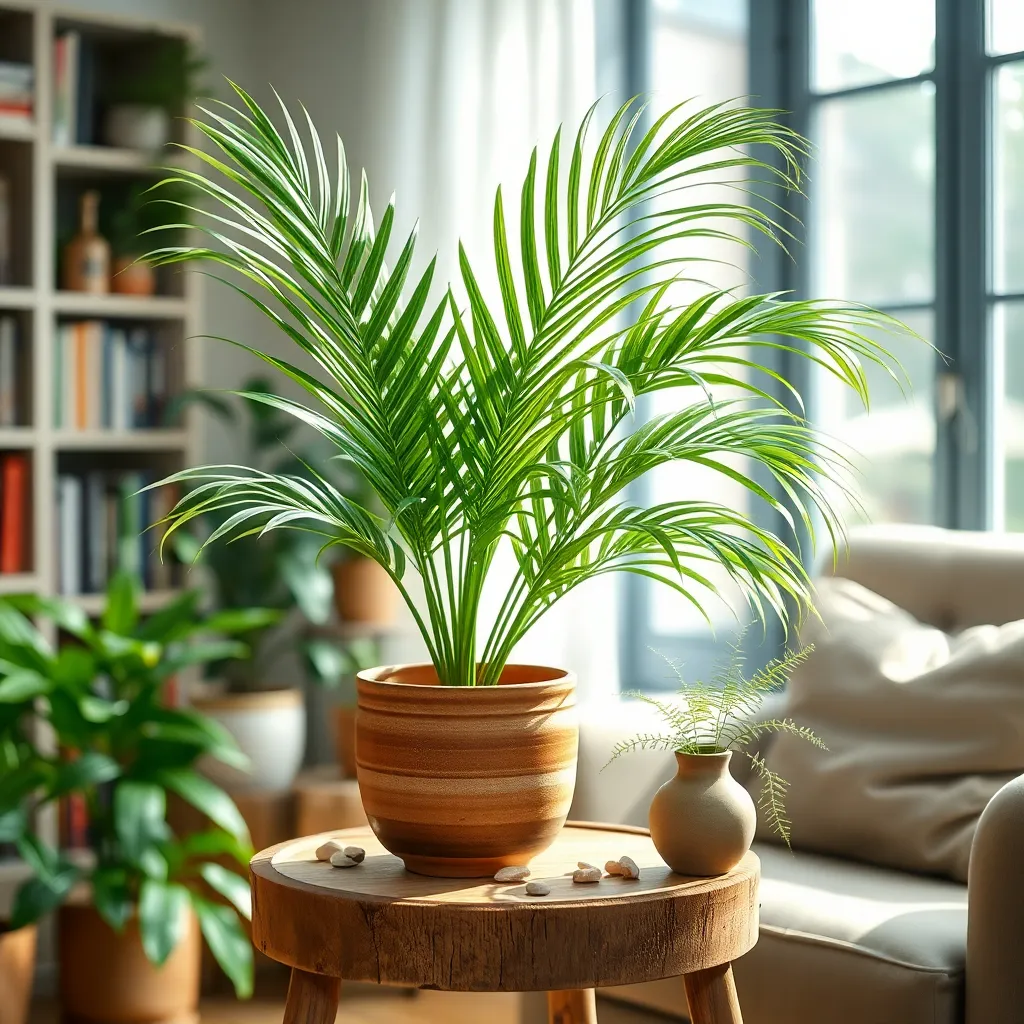
The Parlor Palm, or Chamaedorea elegans, is a classic choice for those seeking a low-maintenance plant that thrives in low-light conditions. Known for its elegant fronds, this palm is perfect for beginners and experienced gardeners alike who wish to add a touch of greenery to their home without the hassle of extensive care.
When it comes to watering, the Parlor Palm prefers a consistent schedule, typically requiring watering every 1-2 weeks. Ensure the soil is allowed to dry out slightly between waterings, as overwatering can lead to root rot.
For optimal growth, place your Parlor Palm in an area that receives indirect sunlight. Bright, direct sunlight may scorch its leaves, so a spot a few feet away from a window is ideal.
Although it is forgiving of low humidity, increasing the humidity around your Parlor Palm can promote lush growth. Use a pebble tray or a humidifier to maintain humidity levels, especially during dry winter months.
Fertilizing your Parlor Palm is straightforward; apply a balanced liquid fertilizer diluted to half strength once a month during the growing season. This will provide essential nutrients to support its growth and keep its foliage vibrant.
Conclusion: Growing Success with These Plants
In nurturing both your home and your relationships, understanding the parallels between plant care and relationship maintenance can be transformative. We explored five pivotal concepts: the importance of adaptability, as seen in resilient low-light plants; the value of consistency, much like regular watering schedules; the patience needed for growth, mirroring how trust and intimacy develop over time; the significance of environment, akin to creating a nurturing space for love to flourish; and the art of communication, comparable to observing plant health signals.
As your immediate next step, choose one low-light plant to introduce into your home, symbolizing your commitment to cultivating a thriving relationship environment. This simple act can serve as a daily reminder of the care and attention both plants and partnerships require.
Remember, nurturing a successful relationship is an ongoing journey, just like tending to your green companions. Bookmark this article to revisit these insights whenever you need a boost of inspiration. By taking these small, intentional steps today, you’re laying the groundwork for a flourishing relationship tomorrow. Your future of relationship success is as vibrant and resilient as the greenery you welcome into your life.

